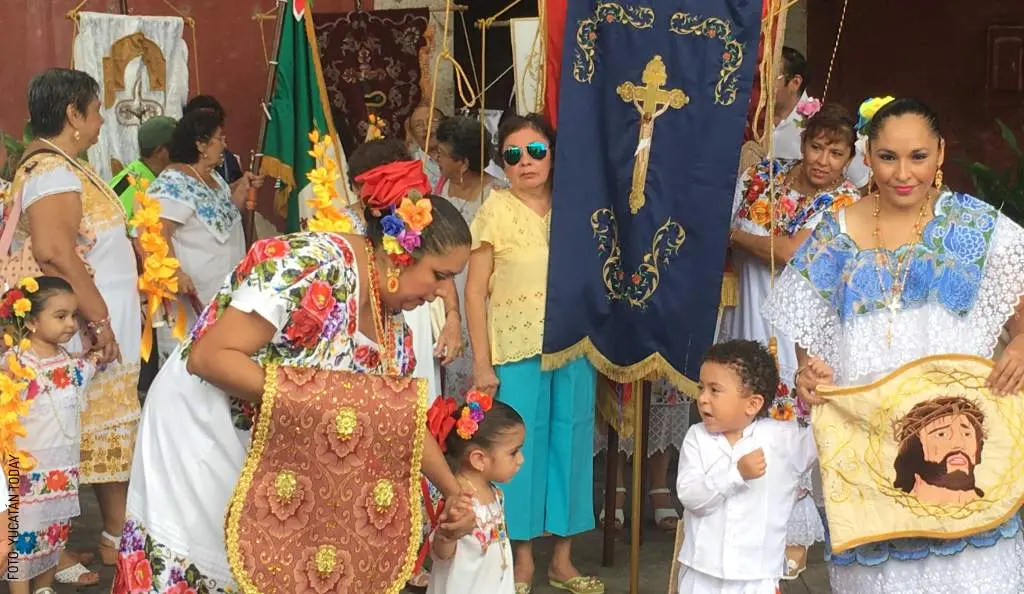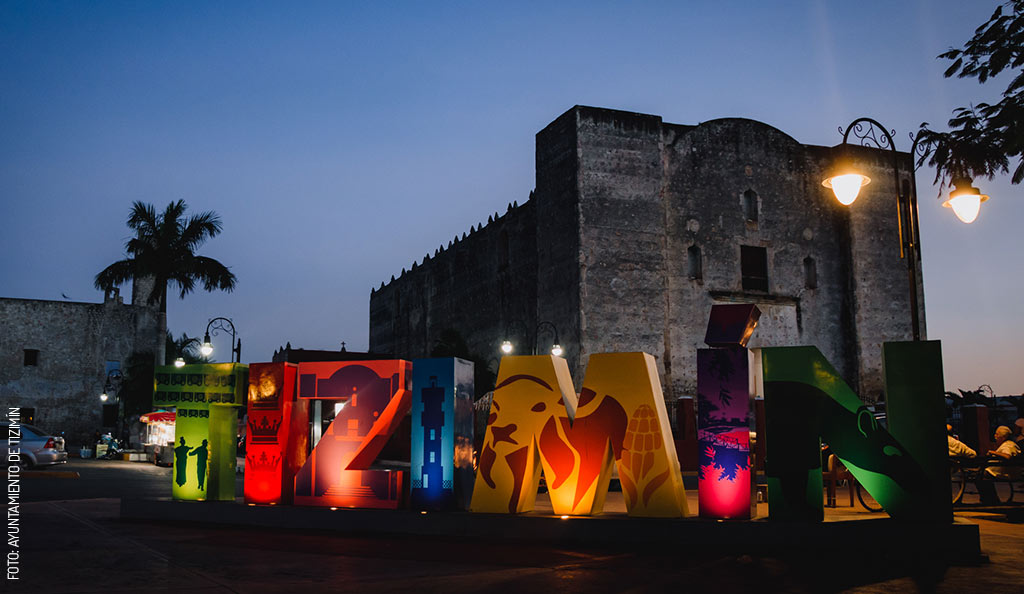
The Tizimín Fair: The Pride of the City of Kings
Streets lined with colorful flags, fireworks flying above, children running and playing, the smell of freshly cooked food, people dancing and enjoying Yucatecan Jaranas while thousands of visitors keep arriving to join in the celebration. That’s just part of what you’ll experience at the Tizimín Fair. This fair, the longest-running in southeast México, brings together locals, visitors, and pilgrims every year in celebration of the municipality’s patron saints: the Biblical Magi (the Three Kings or Three Wise Men), in the most important sanctuary in Latin America in their honor (and the second worldwide).
Two weeks of celebrations
The celebration begins on December 28, when the images of the three wise men are brought down. Two days later, in the city’s main park, a great Vaquería (a party with traditional music and dance) is held, attended by around 5,000 revelers who gather to enjoy the music by several different guest bands, as well as to crown the new queen of the fair.
Later (or very early the next day), at 2 am, the famous “Alborada” happens. During the Alborada celebration, a grand Ceiba tree (the sacred tree of the Maya) is moved to the center of a specially constructed arena, and planted right in the middle. This is all done while fireworks, music, and dancing are taking place, to the joy of thousands of people celebrating the start of the Tizimín Fair.
The purpose of this ceremony is to use joy and music to scare away evil spirits since it is believed that one of them, the Xtabay, lives in this tree. This ensures that all activities proceed normally and without incident. 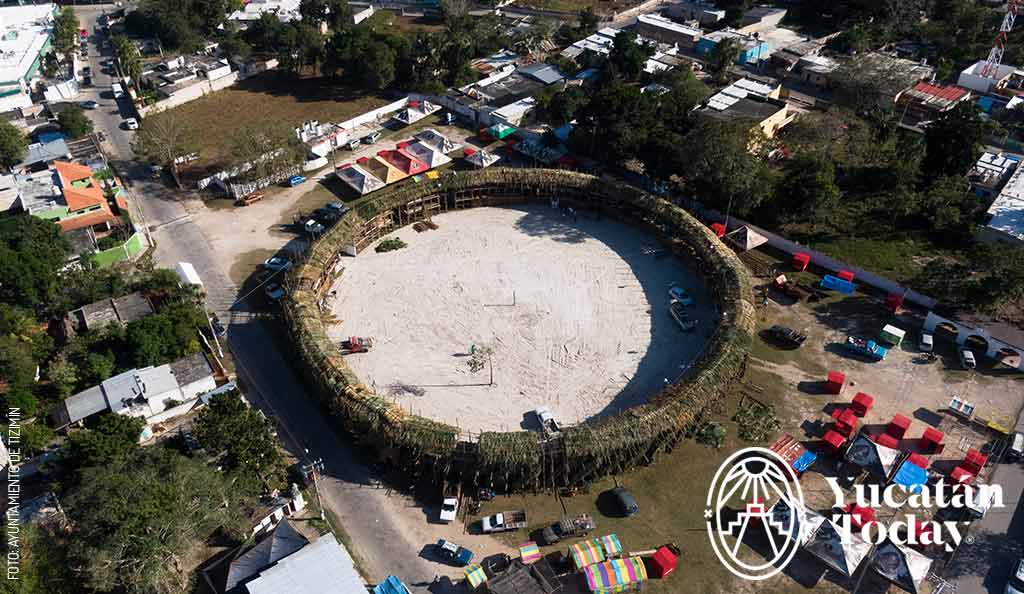
The festival lasts approximately 15 days, during which thousands of pilgrims never cease to visit the patron saints, exhibited in the church of Tizimín. However, January 6 is the main Three Kings’ celebration, and that’s when you can see lines of up to 5,000 people holding candles and branches of rue waiting to enter the church and worship them.
Rosca de Reyes (Kings' Bread) in Tizimín
If you’ve been anywhere in México in early January, you’re probably familiar with Rosca de Reyes: a special, family-size Pan Dulce shaped like a ring, and decorated with jellied and crystallized fruit, as well as the same sugar topping as Conchas. Hidden within are (usually) three plastic babies. Every year, friends and families get together to share a Rosca, and whoever finds a plastic baby in their slice gets to organize a Tamal dinner party for everyone else. At larger, public Rosca events, those who find the babies are usually given a small prize. Of course, Tizimín goes all in with this celebration: a huge Rosca de Reyes is made surrounding the entire city’s main park; it is so big it has even been awarded the Guinness World Record as the largest Rosca in the world.
The "Fair Deputies"
The Tizimín Fair wouldn’t be possible without the help of nine “fair deputies”; these are the people in charge of organizing it, inheriting their position from generation to generation, which makes it a family tradition. In addition, each one has the task of performing a novena in honor of the patron saints and organizing their corresponding “Nona” ceremony at 3 am. During the Nona, just like in the Alborada, attendees once again scare away evil spirits with music and dancing so that the party can continue without setbacks. This means that every night, for nine nights, there is a novena and then a “Nona,” with one deputy in charge of each.
If you visit Tizimín any day during the fair, you’ll find typical food, music, parades, dances, and other events of different kinds. One of the most anticipated is the Expo Feria, held at the fairground, beginning on January 1.
The Tizimín Fairground
The fairground where the Expo Feria de Tizimín takes place has various areas such as the livestock exhibition; the international hall (which is used as a restaurant); the commercial area, where various local and national merchants sell their products (from clothes and shoes to handcrafted products); the horse race track; and, finally, the two most visited areas: the children's and mechanical play area and the village theater, where musical, comic, traditional, artistic, and musical performances take place every day. 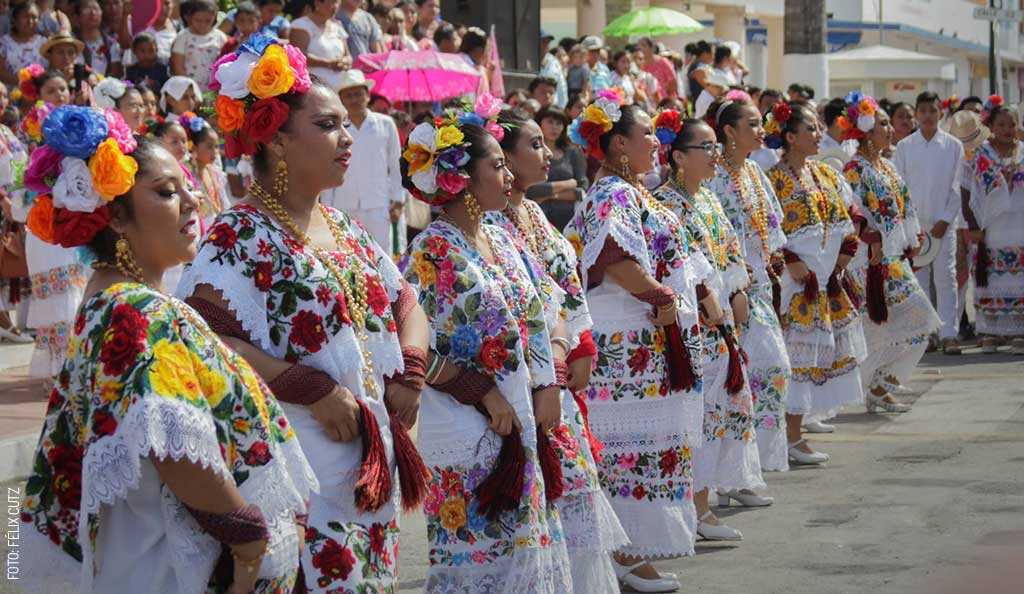
In addition to the international hall, there is an additional area for restaurants and snacks, as well as showers, free Wi-Fi throughout, 24-hour security, restrooms, and parking. These last two with an extra cost. The venue is open from 9 am to 3 am and admission is free. The Tizimín Fair also generates the largest beneficial economic impact on the municipality, including families, the hospitality industry, and other industries involved in the event each year.
Plan your first visit to the TizimíFair
Are you looking for a full experience? Those of us who have already participated would definitely recommend a circuit starting early at the Three Kings’ sanctuary, so you can get a better look. Then, join in the parades and dance right across the street at the main park and city center. For lunch, don’t miss out on the delicious grilled lamb available behind the ring, and then head to the fairground where, without a doubt, you will find endless fun and music.
The Tizimín Fair is the pride of its locals, who year after year open their doors to thousands of visitors to share their celebration, their joy, and their traditions with the hospitality and warmth that characterize them, making us part of such a beautiful tradition.
First published in Yucatán Today print and digital magazine no. 420, in December 2022.
Last updated in November 2025.

Author: Goretty Ramos
Feminist communicator with delusions of an artist and screen printer. Research, learn and share.
Receive the latest articles and much more from the best of Yucatán in your email!
Related articles
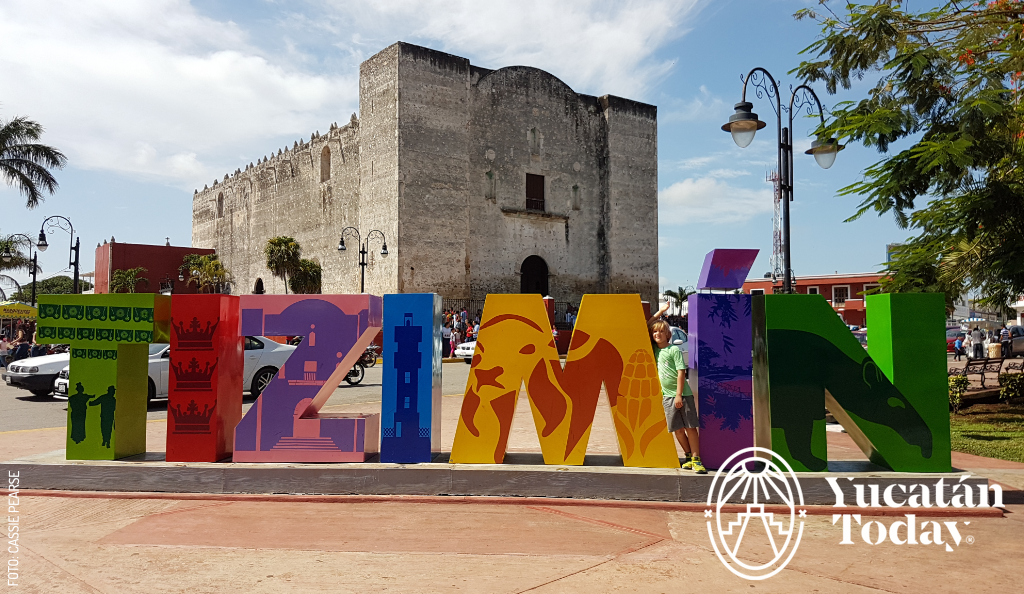
Tizimín
Discover Tizimín, Yucatán: authentic culture, famous Three Kings festival, Maya pyramids (Ek Balam, Kulubá), cenotes, and Río Lagartos flamingos.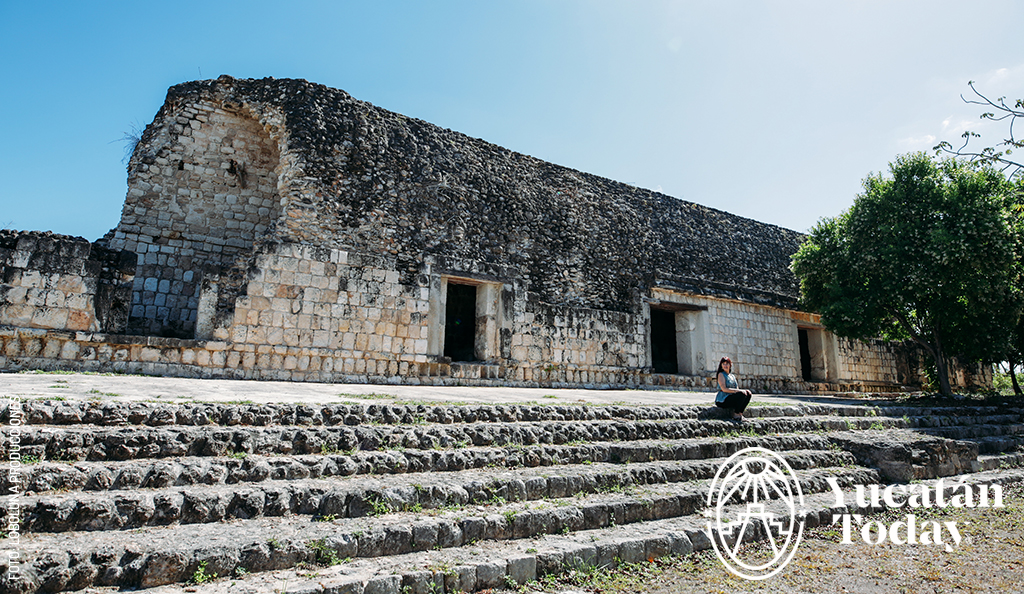
Tizimín: The Heartland of Yucatán
Profundidad de Campo El cabello oscuro y abundante de Neydi descansa sobre su hermosa blusa bordada. Una mujer segura de sí misma con cosas...